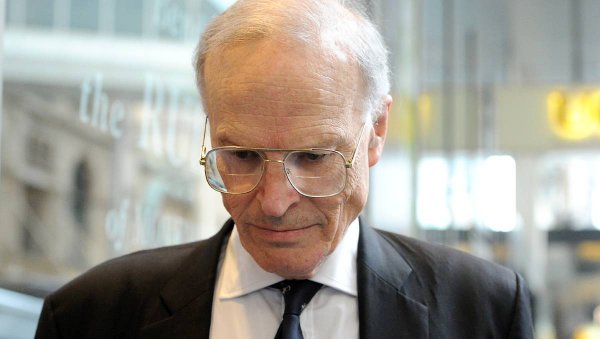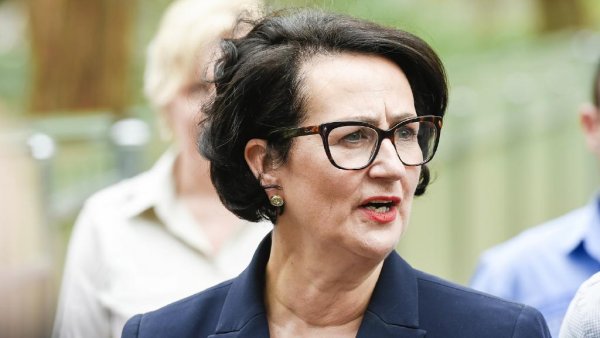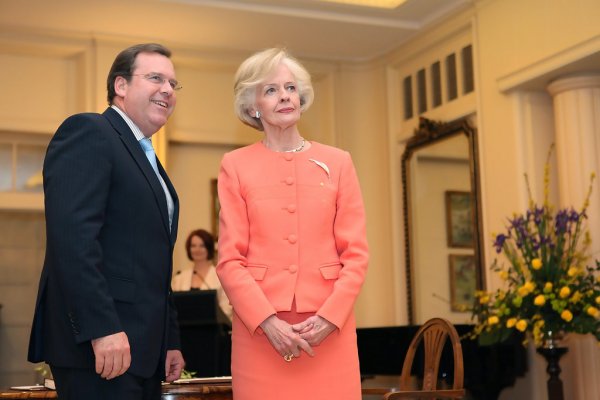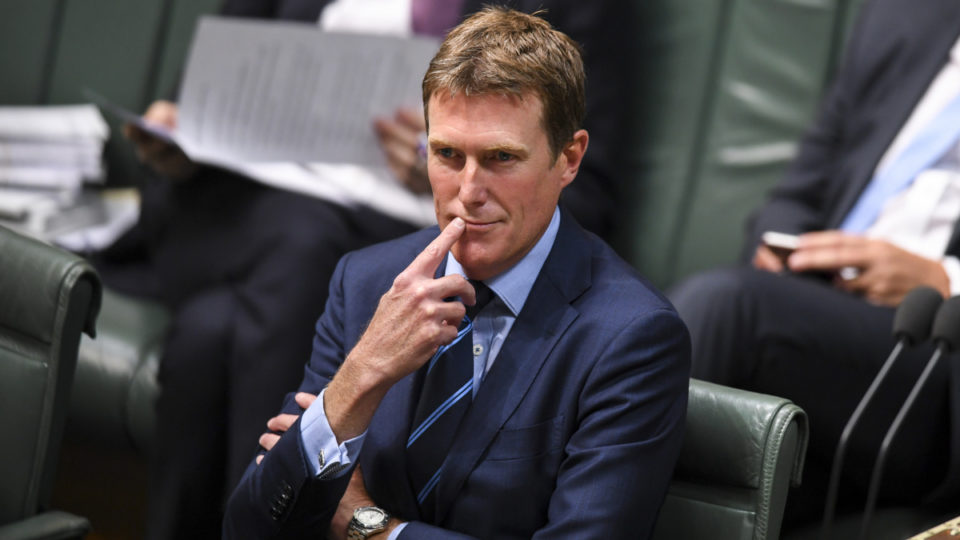The punting-style analysis of the likely contenders for the next two High Court appointments due when Justice Geoffrey Nettle retires in December 2020 and Justice Virginia Bell in March 2021 underlines an urgent need to reform the process for appointing Federal Court judges, including to the High Court of Australia.
The urgency is sharpened by the Attorney-General Christian Porter’s current search for suitable appointees. It is a notably faulty process fanning the gossipy-style commentary of the aforementioned Australian Financial Review article about who is ‘in’ and who is ‘out’ when it comes to culling names to go to Cabinet.
The loose analysis of personalities and who is mates with whom and who has lost favour through penning wayward decisions (those trimming executive overreach) scored by the piece highlights exactly what is wrong with the current system of appointments and the need to reform it.
Doubling down on systematic failures is the recent spectre of the High Court dealing with serial complaints about Dyson Heydon’s harassment of female associates. One wonders from the outset whether a more searching appointments process would have removed Heydon from the pool of suitable candidates to consider. The Heydon example has brought attention to the appointment process bound up as it is with the need to enshrine fundamental cultural shifts when it comes to the exercise of power, including judicial power in Australia.

Former High Court justice Dyson Heydon.
In July of this year, around 500 women lawyers signed a letter to the AG calling for two types of judicial institution reform – the establishment of an independent complaints body and the introduction of a transparent appointments process. The letter included five recommendations to ensure the process of judicial appointments is more transparent as well as promoting the independence, quality and diversity of the judiciary. The purpose of appointment reform is to ensure government plays proper heed to selecting judges bringing “not just excellent legal skills to the office, but also the highest personal integrity, and contribute to greater diversity in the senior ranks of the profession”.
In July of this year, around 500 women lawyers signed a letter to the AG calling for two types of judicial institution reform
Step one is surely for government to give greater force to the formal requirement already present in section 6 of the High Court Act 1979 where the Attorney-General “shall.. consult with the Attorneys‑General of the States in relation to the appointment.”
Consulting is one thing, listening and acting is another. And, as was the case when Heydon was chosen, it is totally up to the executive how that provision is implemented and how far that consultation impacts on the Government’s decision. However, in the lead up to the next two appointments, following this dictate may well prove to be an important change of outlook.

Vickie Chapman, South Australia’s Attorney General
Active and engaged consultation with the current set of eight State and Territory Attorneys may set in train a fascinating dynamic in that five of the AGs are women – Jill Hennessy from Victoria, Yvette D’Ath from Queensland, Vickie Chapman from South Australia, Elise Archer from Tasmania, and Natasha Fyles from the Northern Territory. While not guaranteed, one assumes from these five a different lens for divining suitability than if, as has historically been the case, the majority, if not all the AGs were men.
Other mechanisms have been tried. In 2007, the Rudd government’s then AG Robert McClelland instituted reforms to the judicial appointment process. These included the introduction of publicly available selection criteria for appointments and that vacancies be advertised, as well as the use of advisory panels to make recommendations.
These were important reforms that Nicola Roxon continued and refreshed in 2011. Even so, they did not extend to the High Court and in 2013, when the Coalition came to power, they were abandoned. At this critical time, and with a new spirit of bipartisanship having proved productive in battling the pandemic, the current government would do well to revisit them.
Appointments are seen as something to be gifted on discretionary and arbitrary grounds by the Attorney General and the Prime Minister.
Since 2013 there has been little transparency in the appointment process. Appointments are seen as something to be gifted on discretionary and arbitrary grounds by the Attorney General and the Prime Minister. Viewed in this light, the current process only serves to undermine public confidence in the process of judicial selection and to diminish public belief that the system is fashioned to deliver justice for all.
As the tone of the AFR commentary implies, Federal Court judges are unlikely to be promoted to the High Court should their decisions run contrary to executive power. And there is also the suspicion that sitting judges can ‘run’ for a spot on the High Court by nodding towards executive power, either in their decision-making or in their extra mural activities.

Former AG Robert McClelland with with then Governor General Quentin Bryce.
Whether unfairly or not, some of this speculation swirled at the feet of Dyson Heydon at the time of his appointment. It followed a Quadrant magazine dinner speech that unkinder critics regarded as a job application for the High Court. Later published in edited form, it denounced ‘judicial activism’, affirming former Chief Justice from 1952-1964 Owen Dixon’s strict legalism, and criticising the adventurism of the Mason court.
The opaque nature of the appointment process allowed for this very speculation. At the same time, the lack of transparency may have made it more difficult to peer into what might have been darker waters of a candidate’s fitness for the job beyond expressions of judicial philosophy.
Regarding Justice Heydon’s later behaviour when indeed on the High Court, it took a woman as Chief Justice with three of the seven judges as women, to finally acknowledge structural changes were needed in the framework of supervision of associates.
It is time for a more transparent and formal system of appointment to take place in Australia for appointments to the High Court. Indeed, such a selection on the basis of excellent legal skills and the highest personal integrity, might see two women appointed rather than the speculated one man and woman in this next period.
A High Court made up of four women and three men might signal equality coming of age. It may also break the last vestiges of the High Court ever being considered again as a male stronghold and a place to affirm the job applications of good old boys who went to the ‘right’ school, know the ‘right’ people and can be relied upon to make the ‘right’ decisions.
A shorter version of this article originally appeared in the Australian Financial Review.
Kim Rubenstein is a Professor in the Faculty of Business Government and Law at the University of Canberra, which has supported the production of the new podcast series It’s not just the vibe, It’s the Constitution. She is a Fellow of the Australian Academy of Law and the Academy of Social Sciences in Australia.





